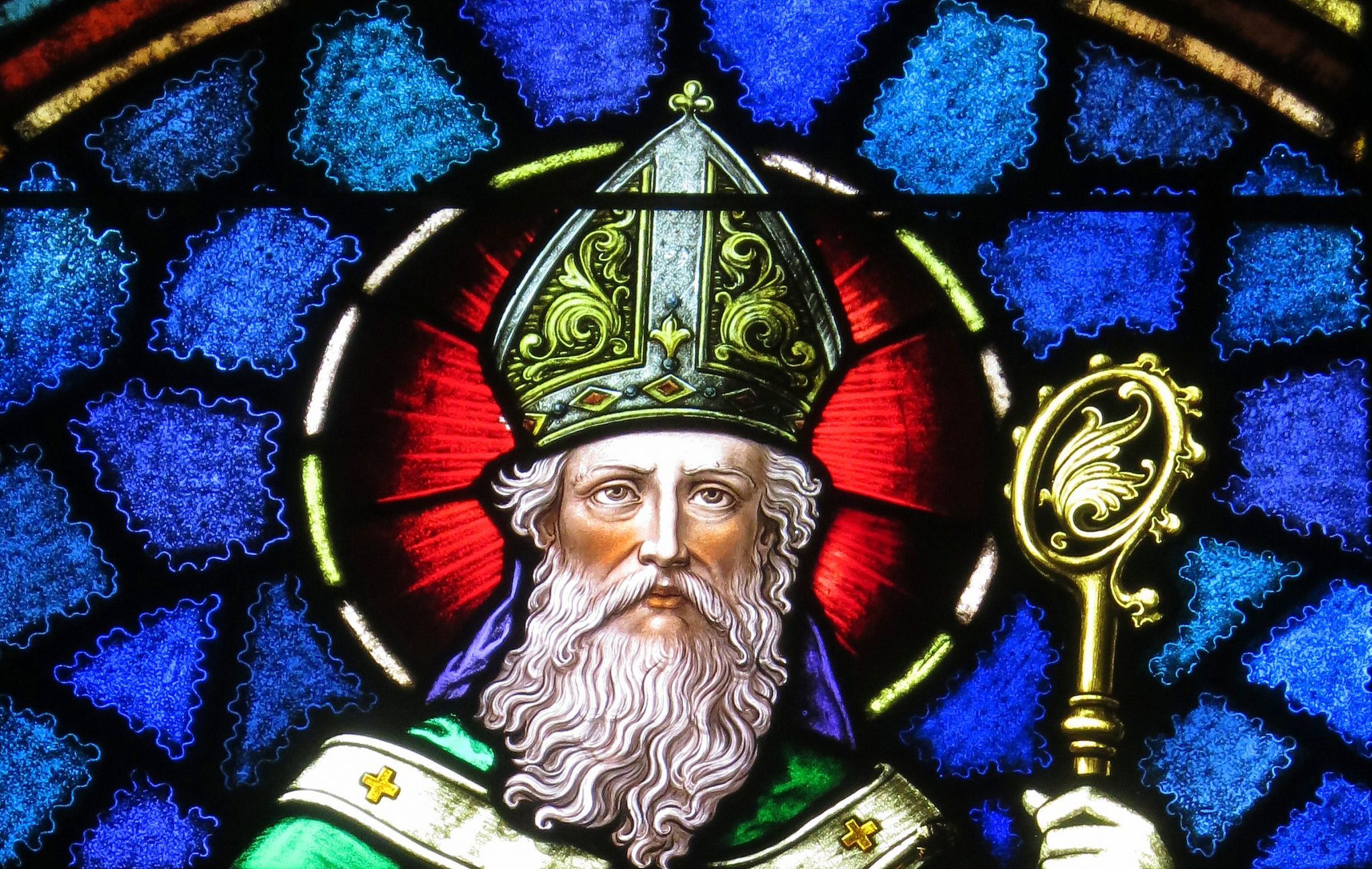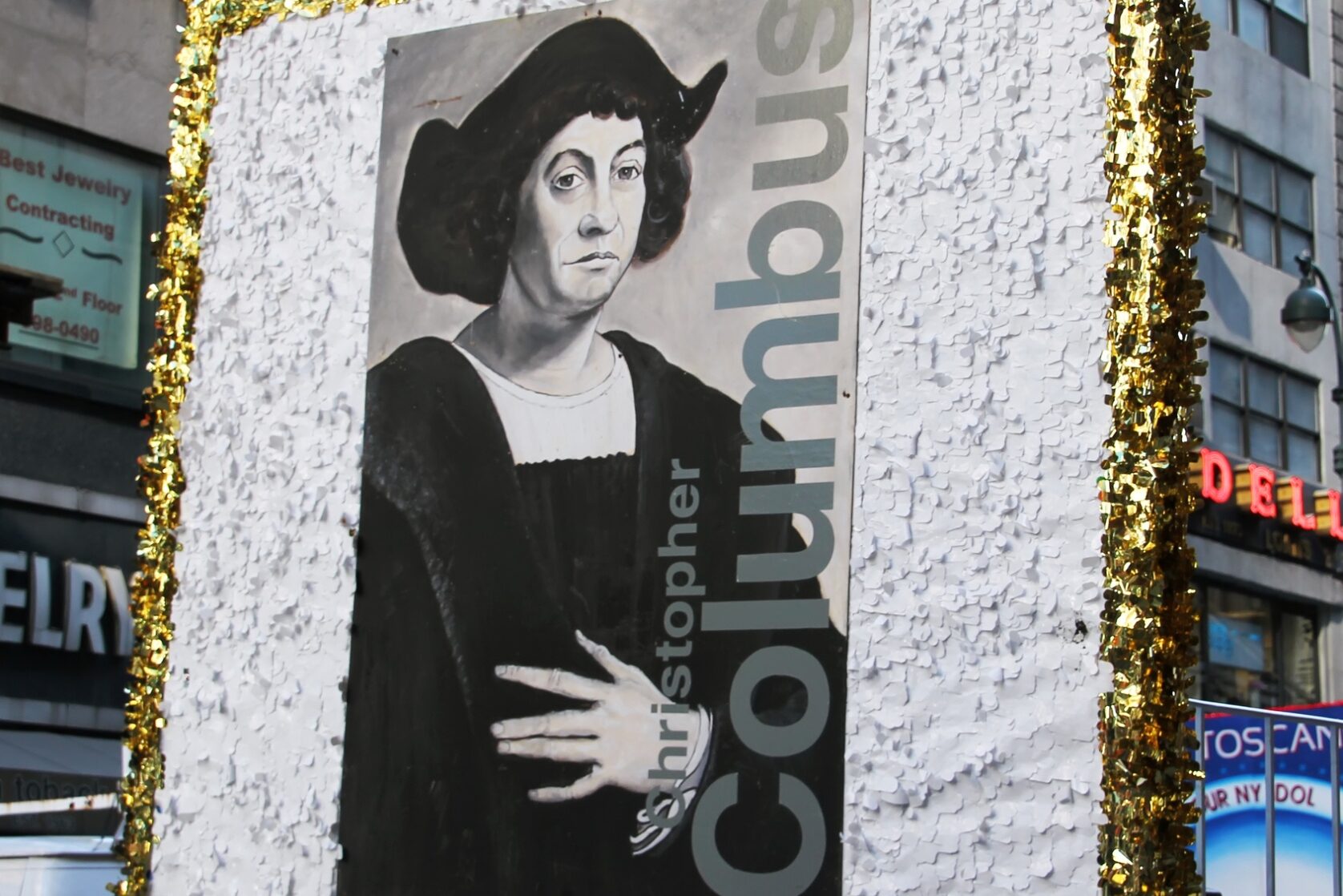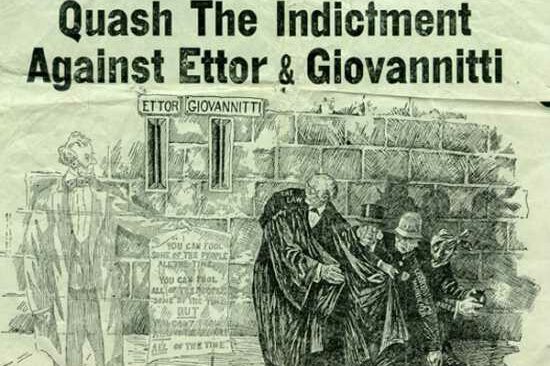Dear Readers,
March brings shamrocks and my annual “St. Patrick was Italian” column:
A “St. Patrick was Italian” remark, tossed into your March conversations, can ignite boring talk into boiling talk if you have some conversational fodder handy, to buttress your claim:
The first St. Patrick’s Day in the U.S. was held in Boston in 1734. By stretching things a bit, you can correctly state that “St. Patrick was Italian”.
Patrick’s parents were Romans. The Romans ruled England at the time. Calpurnius, Patrick’s father, was a high Roman diplomat living in England, but a Roman citizen.
The upper classes, both the natives and those descended from the Roman settlers, as Patrick’s family was, valued the Roman educational system and made sure their children were taught Latin and an appreciation of Roman law and literature.
The Roman invasions of the 1st century B.C. brought Britain into contact with the Continent. When the Roman legions withdrew in the 5th century A.D. Britain fell easy prey to the invading hordes of Angles, Saxons, and Jutes from Scandinavia and the Low Countries.
Patrick was born in England around the year 385 A.D. Roman cities in England had shops and beautiful houses, so Patrick lived the good life for a while, as Britain became Romanized and roads and towns with typical Roman facilities of public baths, temples, basilicas, forums and grand city gates developed.
Across the sea in Ireland (Eire), things were not so good. Tribal kings were constantly feuding, and in the year 400 A.D., a tribal king (Niall) attacked England. He took thousands of prisoners, including Patrick, for slaves. Soon the rich little Roman kid was forced to herd pigs and sheep, just a poor little slave boy far from home.
Patrick was taken to Northern Ireland and sold to another tribal king named Meliucc. Meliucc and his family were kind to Patrick, and their children were good company. Still Patrick (Maewyn) was alone in a strange land, only 14 years old. He did not know the language; he didn’t know if his family was still alive. Patrick slept in a mud hut and was a swineherd.
At 21 years old, after six years as a slave, he ran away. Walking many miles to the sea, he found a ship that took him back to England. By now, the Romans had been chased out; they were no longer the rulers, and the country was in ruins.
Patrick sailed across the channel and wandered through Europe, and then on to Rome, and found that by the year 410 A.D., the center of all Roman power had been conquered as well. His past was really dead, so he decided to go back to England to think, pray and live very quietly there. While in prayer, he felt certain God was calling him back to Ireland, to bring all those tribes together and make Ireland a Christian land. But first, Patrick went to France and studied religion there for ten years.
In the year 432 A.D., Pope Celestine made Patrick a Bishop and named him “Patricius”. Now, Bishop Patricius sailed for Ireland. The Irish people were not interested in Christianity and tried to stone him to death.
The Bishop and his men fled and found shelter for the night in a barn near the shore. The barn belonged to a tribal king named Dichu. He thought the Bishop and his men were robbers and wanted to kill them. Patrick held out his hand and smiled, and a golden aura shone on his face. Dichu put down his weapon, his fierce dog stopped growling (according to legend), and Dichu became the first Christian in Ireland, and the barn, the first church.
Patrick travelled all over Ireland. He always had a drummer with him. When he arrived at a village, the drummer would drum, and the people would come from their houses to listen to him (as in drumming up business). Patrick showed them a shamrock, like a three-leafed clover. Patrick explained the idea of the Father, the Son and the Holy Ghost.
Today, the shamrock is Ireland’s national flower, and as more and more tribal kings and their people became Christians, they came to worship and be united as a country.
Bishop Patricius drummed the snakes out of Ireland and into the sea (according to legend), and built hundreds of churches. When he died on March 17 (between 461 and 482 A.D.), the Pope declared him a saint and had him buried on church grounds in Downpatrick, Ireland.
In the U.S., St. Patrick’s Day means party time. In Ireland, it means Holy Time and although he is the patron saint of Ireland, Patrick was not a native of that country. During the times of trial, he turned to God for comfort and strength.
When Patrick entered the priesthood and eventually became a bishop, after many years of doing work in Rome, he was sent to Ireland to spread the message of the Gospel because he was able to speak Celtic, and was able to communicate with the Irish.
Patrick’s mission wasn’t an easy one. Druidism (an ancient Celtic religion) was widely practiced in Ireland, and many Druids would rather have killed Patrick than convert; he and his followers were imprisoned and sentenced to death many times. But Patrick’s faith in God was strong, and he knew he could keep going, “spreading God’s name everywhere with confidence and without fear”.
Patrick preached all over Ireland, using a shamrock to explain the Trinity and converting thousands with his quiet, unassuming manner and gentle way of speaking. As a man of God, Patrick was known for his humility and disinterest in material wealth. He wouldn’t accept gifts from admirers, and often retreated in quiet prayer. By the time he died in 461, Patrick had converted virtually all of Ireland to Christianity, and he is a reminder that God speaks to us through his servants. His feast is March 17th.
***
For more info on Saint Patrick, call Liguori Publications, 1-800-325-9521 and order:
The Confession of Saint Patrick by D.R. Howlett, editor and translator.
This authentic source of information about Saint Patrick’s life is a brief autobiography written near the end of his life.
For children, my absolute favorite Saint Patrick book continues to be one by Tomie de Paola, which you can order from your favorite book store or amazon.com.
While you are at it, order other Tomie de Paola titles for all the “bambini” in your life.
Tomie de Paola (his roots are Irish-Italian) has authored or illustrated over 200 books. He is one of the most popular children’s book illustrators of our time, with about five million books in print. Many of his books have an “Italian connection”, such as Strega Nona, Watch Out for Chicken Feet in Your Soup, First One Foot and Then the Other (about elderly grandparents), Tony’s Bread (panettone), Francis: The Poor Man of Assisi, The Legend of the Befana, The Mysterious Giant of Barletta and many more.
Tomie de Paola says he first became aware of St. Patrick as a young child when he attended mass at Holy Trinity Church in Wallingford, Connecticut with his maternal grandparents, Tom and Alice Downey. On a side altar was a colorful statue of a saint holding a staff in one hand, a shamrock in the other. At his feet, squirming and squiggling into the plaster water, were green snakes. Pausing in front of the statue, his grandfather would say, “That’s Saint Patrick. He’s Irish, just like us”.
Then, said Tomie, “immediately I forgot that I was half-Italian. Every year after that, I celebrated St. Patrick’s Day with gusto, decorating my room with shamrocks. My brother took Patrick for his confirmation name. My Italian father celebrated, too, claiming Patrick was Italian (son of a Roman citizen).”
“My Irish mother, Flossie Downey de Paola, had been after me for years to remember the Irish patron saint with a book on Patrick- Patron Saint of Ireland. And as the Irish shout on March 17, “Erin go bragh! (Ireland forever)”
Tomie de Paola has entertained children and adults with his colorful drawings and simple storybooks that teach life’s lessons, many of them inspired by Italian folklore for over 40 years.































